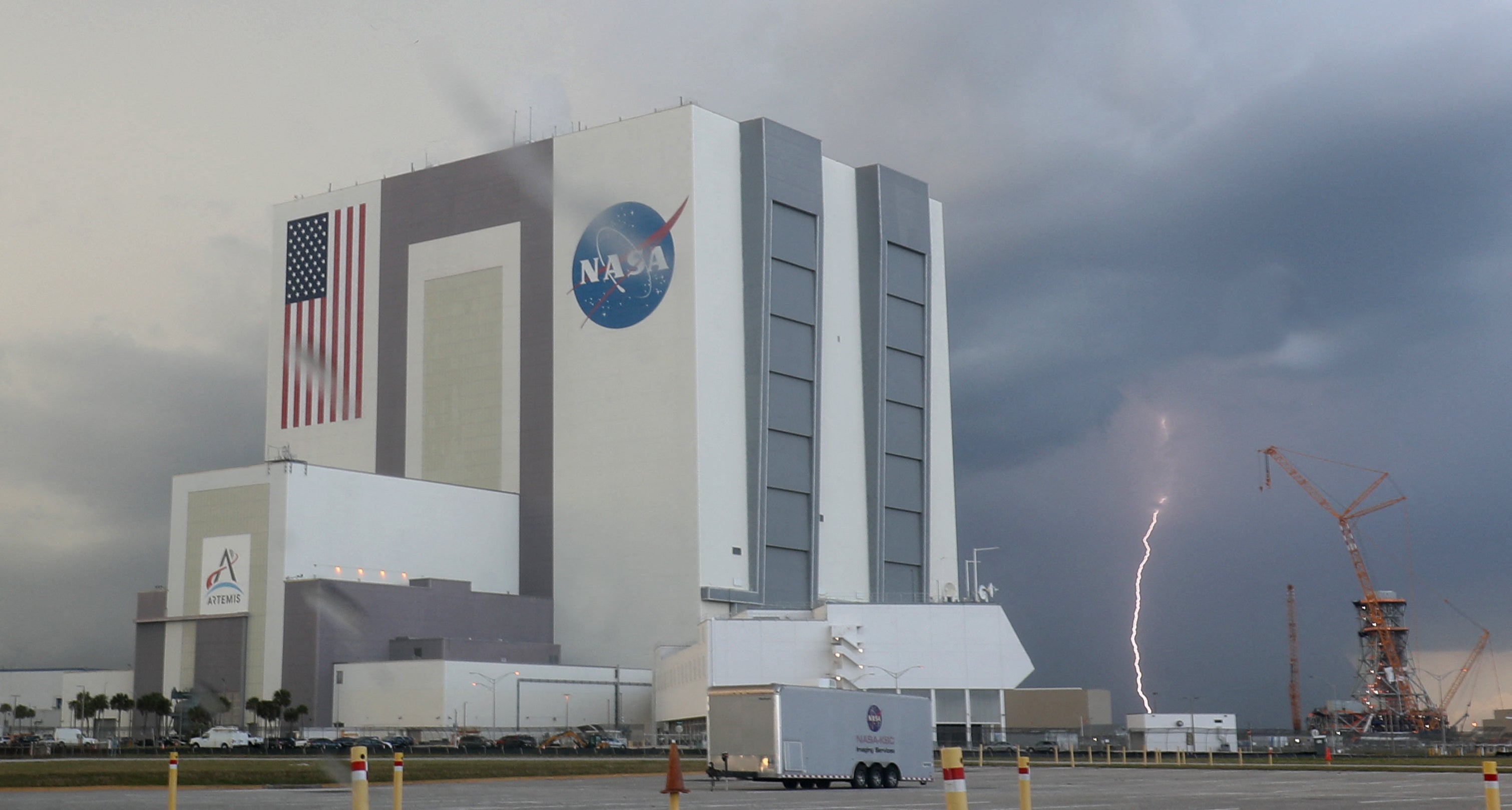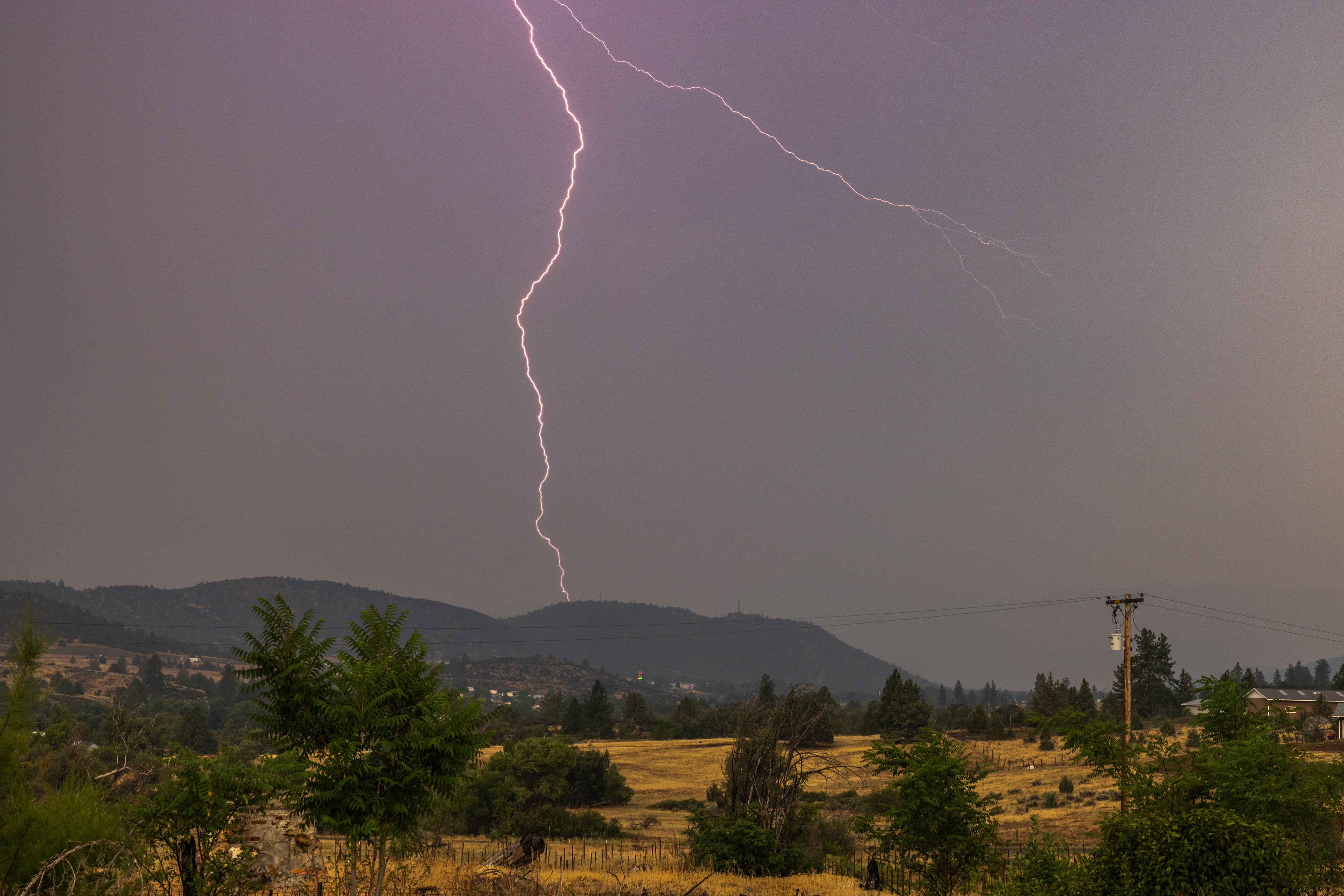You’re most likely to be struck by lightning in these states
A recent report has identified the cities and states that saw the most lightning strikes last year
There were more lightning strikes in Texas, Oklahoma, and Florida last year than anywhere else in the U.S., according to a report released by the weather data firm Vaisala Xweather.
Texas was particularly active, recording more lightning events last year than Florida, Oklahoma, and Kansas combined. The Lone Star State saw more than 40 million strikes, whereas Florida and Oklahoma only had slightly more than 15 and 13 million, respectively.
Furthermore, Texas was also home to all of the nation’s top 10 counties for lightning strikes per square mile. Teague, Texas, was the most active city or town in the country, with 1,903 events occurring each square mile. The city of Orlando, which is a popular tourist destination and home to Florida’s Disney World, came in second.

When looking at strike density, however, the authors said Florida took the top spot. There were 91.4 events in the Sunshine State per square kilometer. Texas came in fifth, behind Oklahoma, Louisiana, and Arkansas.
It may not come as a surprise that most of the incidents occurred in the spring, with April and May seeing the highest number. Tornado season typically runs from March through June. The report noted that the top dates for lightning occurred during periods of severe storms and tornado outbreaks.
Texas and Florida were the states with the most people killed by lightning strikes between 2006 and 2021, according to the CDC, with more than 30 each. Alabama, North Carolina, Georgia, Missouri, Colorado and Arizona had between 16 and 30 each. In all, 444 people were killed by lightning across the U.S. during that period.
The CDC says men are four times more likely to be hit by lightning than women; the average age to be struck is 37; and that about a third of lightning strikes occur indoors. Most deaths occur in July.
Across the entire country, there were more than 209 million lightning strikes. Lightning is a giant spark of electricity in the atmosphere between clouds, the air, or the ground. The data was gathered using sensors that can detect and triangulate the two types of strikes: cloud-to-ground and in-cloud lightning strikes.
In-cloud lightning is the most common, but cloud-to-ground lightning is a common cause of wildfires. Lightning is responsible for 56 percent of the total acres burned in the lower 48 states, according to U.S. Forest Service wildfire database. It can trigger wildfires, but wildfires can also result in their own weather systems that create lightning.

With the impact of climate change, these fires are becoming more frequent and severe. Climate change is also expected to increase the frequency and number of lightning strikes.
“For every two lightning strikes you had at the beginning of the century, we will have three at the end of the century,” David Romps, a researcher at U.C. Berkeley, told The Guardian in 2014.
About 40 million lightning strikes hit the ground in the U.S. every year, according to the Centers for Disease Control and Prevention.

The odds of being struck by a bolt are less than one in a million. For those who are, nearly 90 percent survive. But, seasonal and regional differences can affect that risk. Vaisala Xweather says people should take precautions and be aware of the risk.
"Severe weather can be life-threatening. Putting the right safety measures in place can make all the difference in keeping people safe, getting from A to B on time, and ensuring renewable energy keeps flowing into the grid,” Senior Lightning Scientist Ryan Said said.


Join our commenting forum
Join thought-provoking conversations, follow other Independent readers and see their replies
Comments